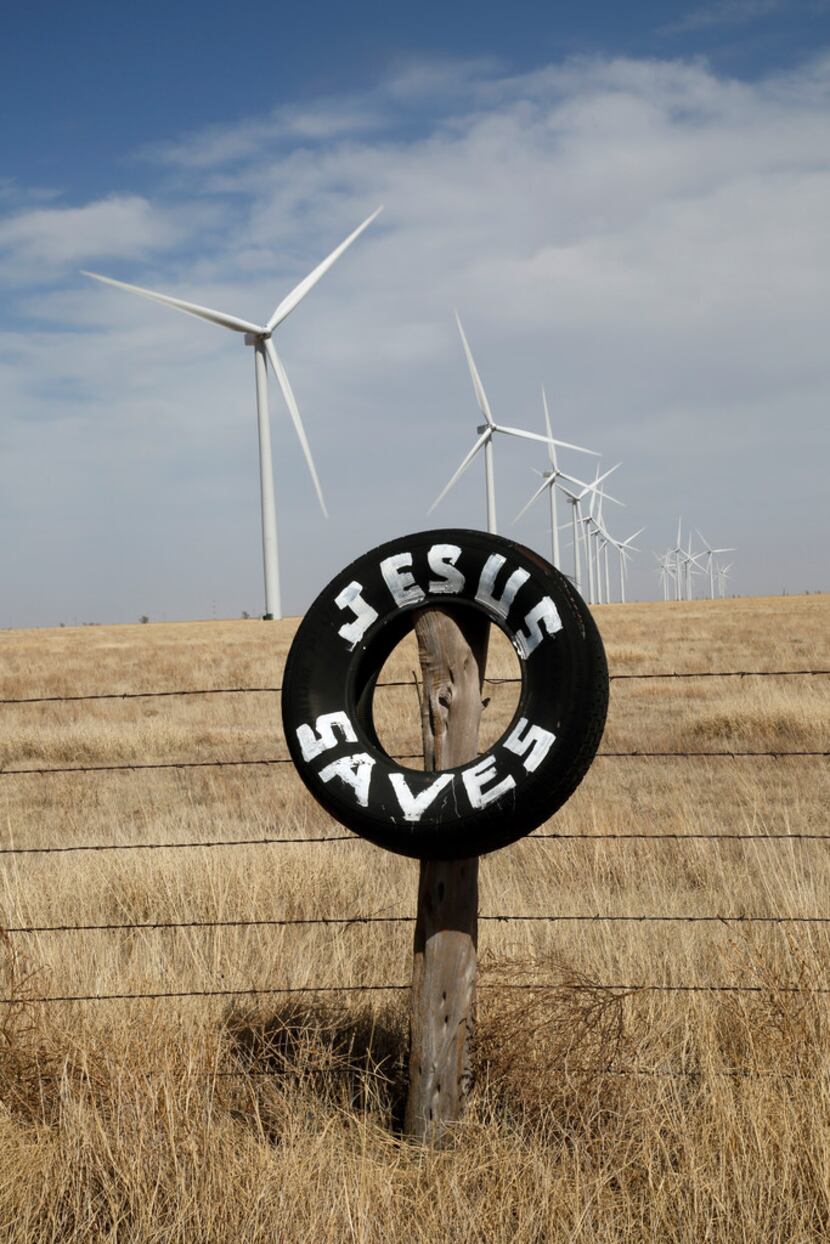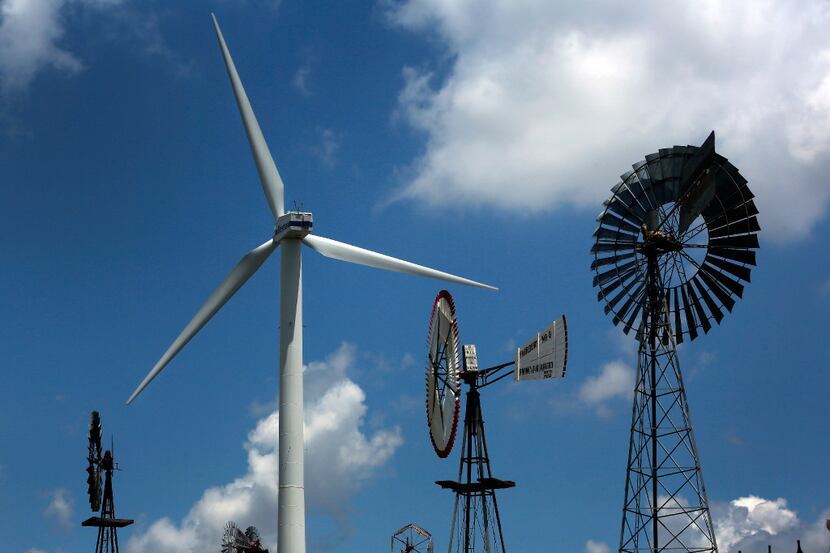Though Texas is the second largest state in size and population, it is the largest in electricity generation. And, according to recently released data from the U.S. Energy Information Administration, Texas is the national leader in electric sector decarbonization. In 2018, one-third of all coal power plant retirements nationwide were in Texas. At the same time, Texas led the nation in adding renewable power capacity.
By any measure, the numbers are impressive: In 2018 the U.S. retired 12.9 gigawatts of coal power plant capacity, 4.3 gigawatts of which came from Texas. Ohio and Florida also retired an impressive 2.3 gigawatts and 2.0 gigawatts, respectively. But Texas' contribution was equivalent to both of them combined, as well as the remaining 47 states together.
But it's not just about retiring coal. Texas already leads the nation in wind generation capacity with nearly 25 gigawatts (more than a quarter of the nation's total), and it still added more renewable generation (wind and solar) than any other state last year. In fact, Texas has enough wind capacity to rank No. 5 globally if it were still a country.
But wait, there's more.
Texas is on the cusp of a boom in solar generation. The state added nearly a gigawatt, nearly doubling its solar PV capacity. The Electric Reliability Council of Texas, which manages the Texas electric grid, shows another 21 gigawatts of solar projects, with completed or pending agreements, in the interconnection queue. And don't think Texas is finished with wind: ERCOT has 12 gigawatts of wind projects with completed agreements and another 18 gigawatts pending.
So enough with the data and statistics, what do these big changes mean for Texas? Many energy pundits continue to warn of a pending Armageddon of high electricity prices and unreliable grids if anyone dare venture too far down the path toward greater renewable power generation. There's just a tiny problem with those claims: The data do not support them.

The ERCOT grid routinely has periods in the spring and fall when wind generation accounts for greater than 50% of the power flowing through the wires — and somehow the lights stay on without even a flicker. At the same time, Texans enjoy some of the lowest-cost electricity in the nation. According to the EIA, the residential average for electricity in Texas is 11.5 cents per kilowatt hour, compared with a national average of 12.5 cents. Or, compare it to the average of 21.1 and 18.3 for New England and California, respectively.
Is there some sort of miracle occurring in Texas? Not really. As complex as the full answer is, it is based on some very simple fundamentals. Texas claims to be open for business, and this applies to its electric power generation market as well. Benefiting from California's hard-learned lessons, Texas implemented a deregulated electric power market in 2000. ERCOT was given the task of managing the grid and running the market, both under the supervision of the Public Utility Commission of Texas. If you are bold enough to think you can generate power in Texas and compete in an open market, you are welcome to try.
This simple construct, albeit with some very complex rules and regulations, has allowed for what, in the utility industry, are some very big and rapid changes. Through constant monitoring of the market and evolution of governing rules, regulators have ensured a competitive market, a stable grid, and electricity prices below the national average.
It's not surprising to see lots of moving vans coming into Texas these days. Folks must have heard about our pleasant summer weather. Oh, and by the way, in their spare time last year Texans produced 40% of the nation's petroleum and 25% of its natural gas.
Fred Beach is assistant director for policy studies at the University of Texas at Austin's Energy Institute. He wrote this column for The Dallas Morning News.
